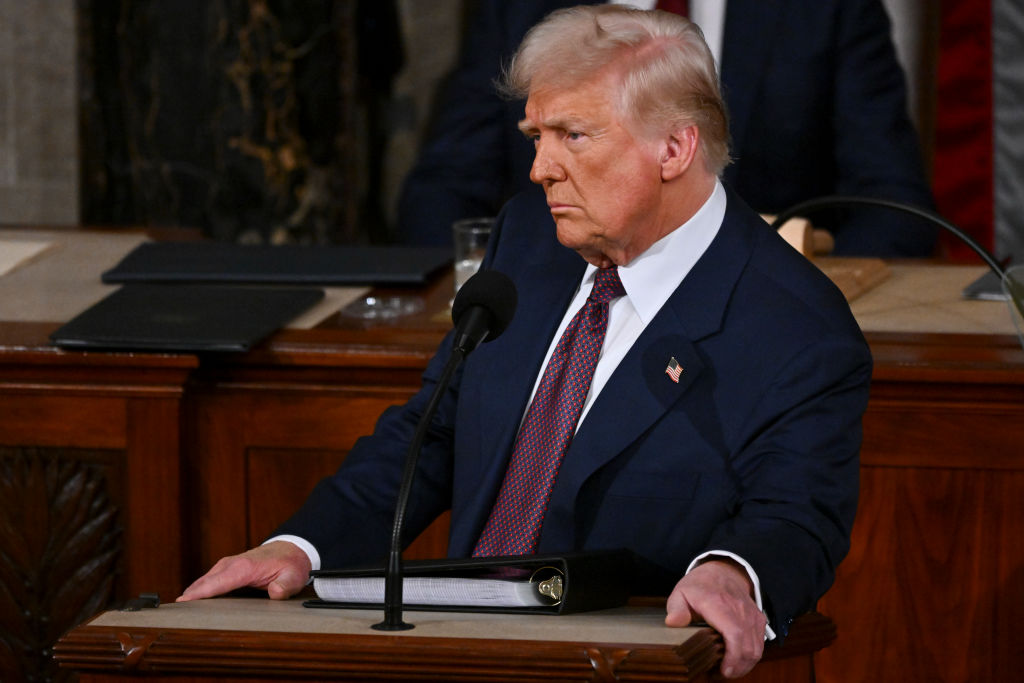Why Investors Shouldn't Be Afraid of Inflation
An inflation rate of 2% to 3% is good for stocks because it gives companies the power to raise prices, which helps boost profits.


Barring an unlikely economic meltdown, the Federal Reserve is on track to raise interest rates. I believe that fundamental factors, such as record-low inflation, slow economic growth and aging investors’ rising risk aversion—not the central banks—are the major reasons that interest rates are near zero. The Fed has supported these low rates in an attempt to spur a solid economic recovery.
But now it’s time to “normalize” the level of interest rates. Although the economy has been growing at a rate well below its historical trend, the U.S. labor market has been strong, adding 2.7 million new jobs in 2015 on top of 3 million in 2014. The pace of job growth has slowed a bit this year, but monthly payroll gains—until the disappointing May number—averaged a solid 177,500 in the first four months of 2016. Furthermore, the unemployment rate has fallen to 4.7%, below the level considered by economists to be full employment.
The prospect of raising short-term interest rates by one-fourth of a percentage point from the current range of 0.25% to 0.50% is really a very small increase. The stock market’s initial reaction to the Fed’s comments in the spring that indicated a willingness to raise rates was surprisingly positive. That’s because the Fed’s comments reflected confidence in the U.S. economy and more-positive expectations for future corporate earnings.
From just $107.88 $24.99 for Kiplinger Personal Finance
Become a smarter, better informed investor. Subscribe from just $107.88 $24.99, plus get up to 4 Special Issues

Sign up for Kiplinger’s Free Newsletters
Profit and prosper with the best of expert advice on investing, taxes, retirement, personal finance and more - straight to your e-mail.
Profit and prosper with the best of expert advice - straight to your e-mail.
The threat of deflation has eased substantially since early this year, and inflation is picking up. The price of oil has roughly doubled since February, and retail gasoline prices are up by more than one-third. In addition, the Case-Shiller housing price index is up 5% from year-ago levels, and rents are rising at least as fast. Even if mortgage rates were to rise in the face of Fed tightening, rates still remain low by historical standards so they won’t derail the housing recovery.
Not only have consumer prices ticked upward, but wages are also beginning to rise. Year-over-year hourly earnings were up 2.6% in January, a seven-year high, and are now rising at 2.5%. Normally, wage increases of this magnitude would pose little risk of inflation. But with productivity growth near zero, any wage increase puts upward pressure on labor costs. In addition, more states and localities, especially in New York and California, have hiked the minimum wage. And the Department of Labor has nearly doubled the salary limit under which firms must pay workers overtime (see New Rule Boosts Overtime Pay).
Outlook for stocks. All these factors mean that both inflation and interest rates will almost certainly rise in the coming months. But the increase won’t be anything like the high inflation experienced by the U.S. and the rest of the world in the late 1960s, 1970s and early 1980s. A moderate inflation rate of 2% to 3% is actually good for stocks because it gives companies the power to raise prices, which helps boost profits and eases the real burden of debt and pension obligations.
Bond investors are in a more difficult position. Even though the rise in long-term rates will be moderate (the 10-year U.S. Treasury bond is unlikely to go above 3% from 1.71% in early June), bond funds will sink in value and interest rates on short-term CDs will stay well below the rate of inflation. For income, dividend-paying stocks are a much better bet for investors.
Bottom line: Stock investors shouldn’t fear the early stages of rate increases by the Fed. If the Fed raises rates, it will reflect not only higher inflation but also a strengthening economy. Corporate profits—and hence stock prices—can do quite well in this environment.
Profit and prosper with the best of Kiplinger's advice on investing, taxes, retirement, personal finance and much more. Delivered daily. Enter your email in the box and click Sign Me Up.

-
 What Science Reveals About Money and a Happy Retirement
What Science Reveals About Money and a Happy RetirementWhether you’re still planning or already retired, these research-based insights point the way to your best post-work life.
-
 7 Retirement Planning Trends: What They Mean for You in 2026
7 Retirement Planning Trends: What They Mean for You in 2026From government shutdowns to market swings, the past 12 months have been nothing if not eventful. The key trends can help you improve your own financial plan.
-
 What Defines Wealth? A Christmas Tale of Legacy vs Possession
What Defines Wealth? A Christmas Tale of Legacy vs PossessionThe tale of Good King Wenceslas shows that true wealth is built through generosity, relationships and the courage to act kindly no matter what.
-
 What to Expect from the Global Economy in 2026
What to Expect from the Global Economy in 2026The Kiplinger Letter Economic growth across the globe will be highly uneven, with some major economies accelerating while others hit the brakes.
-
 Shoppers Hit the Brakes on EV Purchases After Tax Credits Expire
Shoppers Hit the Brakes on EV Purchases After Tax Credits ExpireThe Letter Electric cars are here to stay, but they'll have to compete harder to get shoppers interested without the federal tax credit.
-
 The Economy on a Knife's Edge
The Economy on a Knife's EdgeThe Letter GDP is growing, but employers have all but stopped hiring as they watch how the trade war plays out.
-
 Japan Enters a New Era of Risk and Reform
Japan Enters a New Era of Risk and ReformThe Kiplinger Letter Japan has entered a pivotal moment in its economic history, undertaking ambitious policy and structural reforms to escape from decades of stagnation.
-
 After Years of Stagnant Growth, Hope Emerges for EU Economy
After Years of Stagnant Growth, Hope Emerges for EU EconomyThe Kiplinger Letter Can a German fiscal push outweigh French political peril?
-
 Trump's Economic Intervention
Trump's Economic InterventionThe Kiplinger Letter What to Make of Washington's Increasingly Hands-On Approach to Big Business
-
 AI Start-ups Are Rolling in Cash
AI Start-ups Are Rolling in CashThe Kiplinger Letter Investors are plowing record sums of money into artificial intelligence start-ups. Even as sales grow swiftly, losses are piling up for AI firms.
-
 What is AI Worth to the Economy?
What is AI Worth to the Economy?The Letter Spending on AI is already boosting GDP, but will the massive outlays being poured into the technology deliver faster economic growth in the long run?